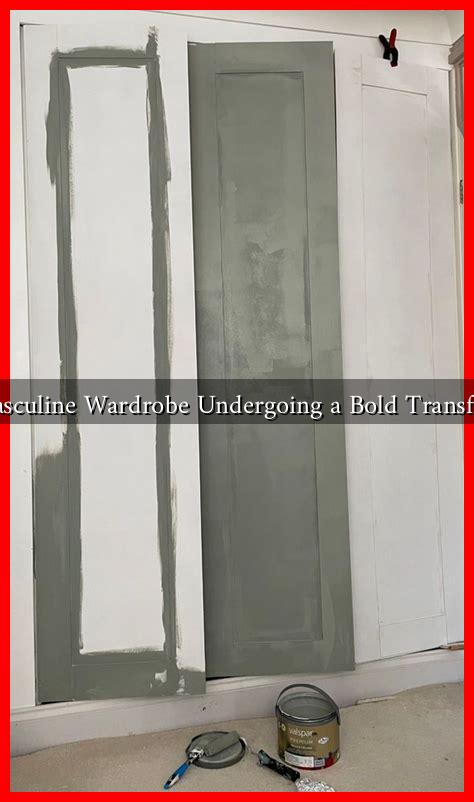-
Table of Contents
Is the Masculine Wardrobe Undergoing a Bold Transformation?
The world of fashion is ever-evolving, and the masculine wardrobe is no exception. In recent years, we have witnessed a significant shift in men’s fashion, characterized by a blend of traditional styles and contemporary influences. This transformation is not merely a trend; it reflects broader societal changes regarding gender norms, self-expression, and the definition of masculinity. In this article, we will explore the factors driving this transformation, the emerging trends in men’s fashion, and what it means for the future of masculine style.
Changing Perceptions of Masculinity
Historically, men’s fashion has been rooted in a rigid framework of masculinity, often emphasizing strength, utility, and simplicity. However, as societal norms evolve, so too does the perception of what it means to be masculine. The rise of gender fluidity and the rejection of traditional gender roles have paved the way for a more inclusive approach to men’s fashion.
- Gender Fluidity: The acceptance of gender fluidity has encouraged men to explore styles that were once considered feminine, such as skirts, bright colors, and bold patterns.
- Self-Expression: Men are increasingly using fashion as a means of self-expression, allowing them to showcase their individuality and creativity.
- Influence of Social Media: Platforms like Instagram and TikTok have democratized fashion, enabling men to draw inspiration from diverse sources and share their unique styles.
Emerging Trends in Men’s Fashion
The transformation of the masculine wardrobe is evident in several key trends that have gained traction in recent years. These trends reflect a departure from traditional styles and an embrace of more experimental and expressive choices.
- Streetwear Dominance: Streetwear has become a dominant force in men’s fashion, characterized by oversized silhouettes, graphic tees, and sneakers. Brands like Off-White and Supreme have redefined luxury, making casual wear a staple in men’s wardrobes.
- Tailoring with a Twist: While traditional tailoring remains relevant, modern interpretations often incorporate unconventional fabrics, colors, and cuts. Designers like Thom Browne and Haider Ackermann are leading the charge in this area.
- Gender-Neutral Collections: Many brands are now offering gender-neutral collections, blurring the lines between men’s and women’s fashion. Notable examples include Telfar and Acne Studios, which prioritize inclusivity in their designs.
- Sustainable Fashion: As awareness of environmental issues grows, many men are opting for sustainable fashion choices. Brands like Patagonia and Everlane are gaining popularity for their commitment to ethical production practices.
Case Studies: Brands Leading the Change
Several brands are at the forefront of this transformation, pushing the boundaries of traditional masculine fashion. Here are a few notable examples:
- Gucci: Under the creative direction of Alessandro Michele, Gucci has embraced a more eclectic and flamboyant aesthetic, challenging conventional notions of masculinity.
- Balenciaga: Known for its avant-garde designs, Balenciaga has popularized oversized silhouettes and unconventional styles that appeal to a younger, fashion-forward audience.
- Raf Simons: The Belgian designer has consistently blurred gender lines in his collections, showcasing a range of styles that resonate with both men and women.
The Future of Masculine Fashion
As we look to the future, it is clear that the masculine wardrobe will continue to evolve. The ongoing dialogue around gender and identity will likely influence fashion trends, leading to even more diverse and inclusive styles. Additionally, the rise of technology in fashion, such as virtual reality and 3D printing, may further revolutionize how men approach their wardrobes.
Conclusion
The transformation of the masculine wardrobe is a reflection of broader societal changes regarding gender norms and self-expression. As men increasingly embrace diverse styles and challenge traditional notions of masculinity, the fashion landscape is becoming more inclusive and dynamic. From the dominance of streetwear to the rise of gender-neutral collections, the future of men’s fashion promises to be bold and innovative. As we continue to navigate this transformation, it is essential to celebrate the creativity and individuality that define modern masculinity.
For more insights into the evolving world of fashion, you can explore resources like Business of Fashion and Vogue’s Fashion section.

